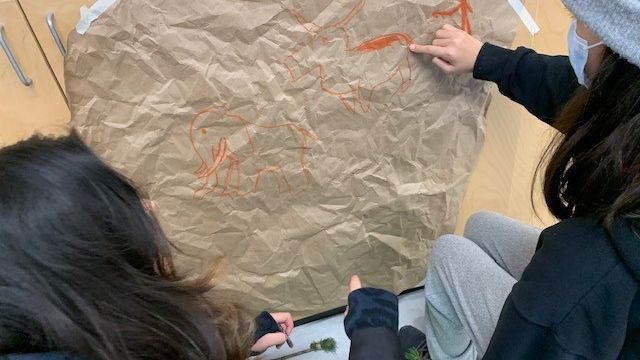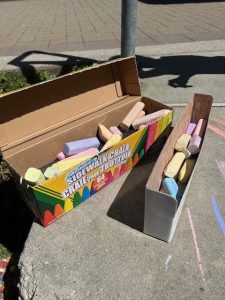 Division 5 planned and created chalk mandalas this week. When I came across this giant box of 64 different chalk colours, I KNEW we had to do this project!
Division 5 planned and created chalk mandalas this week. When I came across this giant box of 64 different chalk colours, I KNEW we had to do this project!
First, we looked at examples of mandalas and learned that the word “mandala” is Sanskrit for circle. A mandala balances visual elements symbolizing unity and harmony. Then, students worked in small groups to design and plan a mandala on paper. They practiced how to use a compass to draw a circle, and were introduced to the concepts of radius and circumference. Next, we learned how to use a pencil as a centre point, connected to a piece of chalk with string, to recreate our designs on a larger scale outside. Students worked together to create beautiful mandalas. We discussed how this type of art is temporary and becomes a part of the community, enhancing and beautifying the space its in, even if for a short time.
You can check them out before the rain washes them away near the entrance to University Highlands, or enjoy them in perpetuity on this blog!










































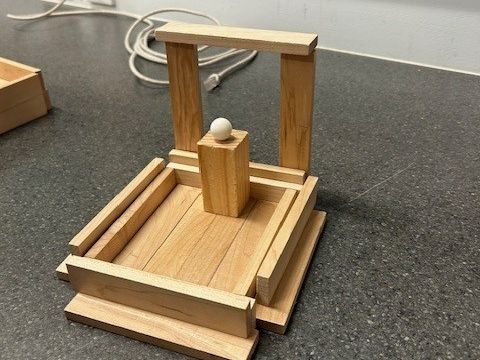
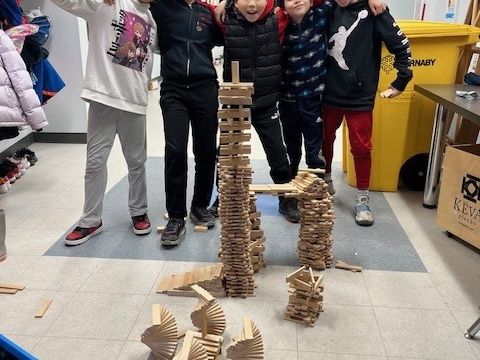
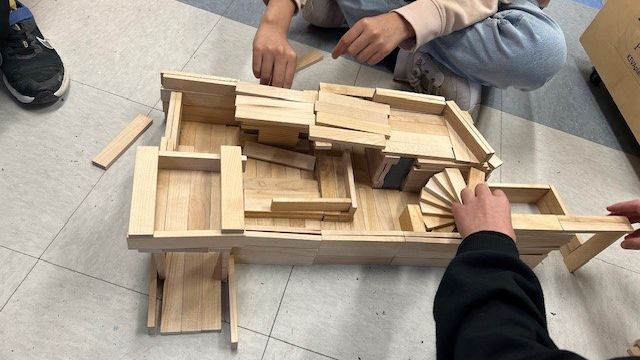
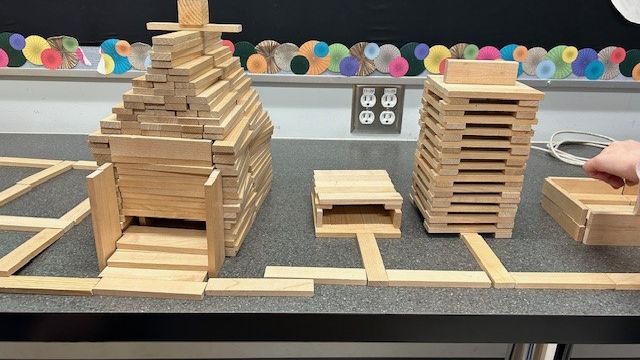
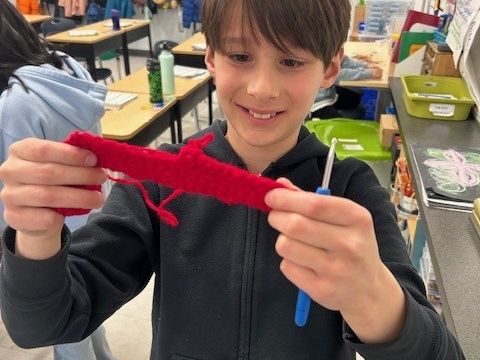
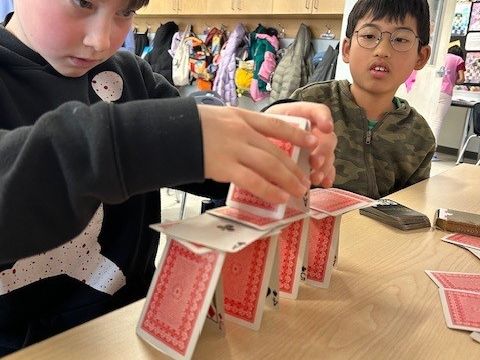
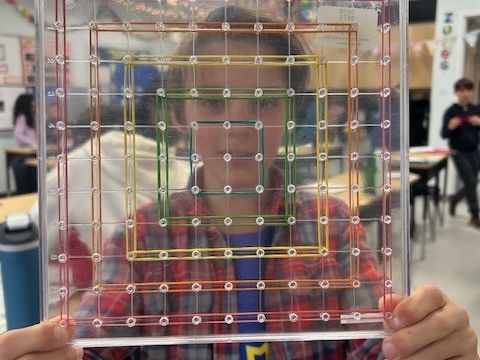
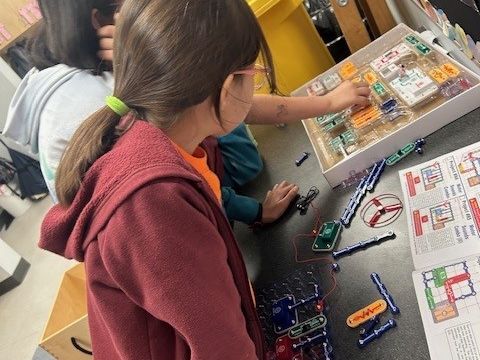
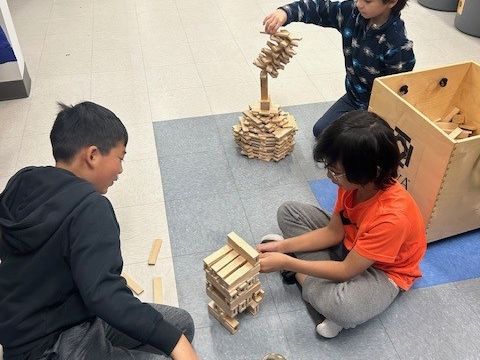
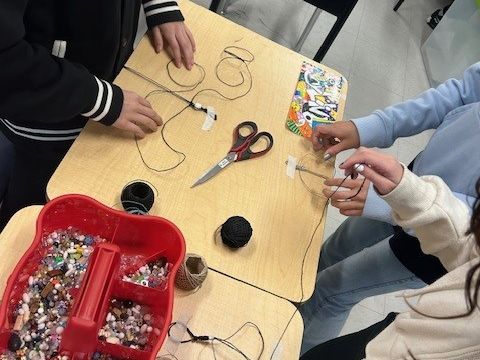
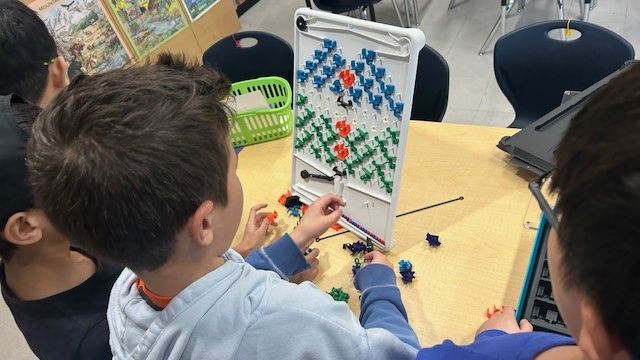
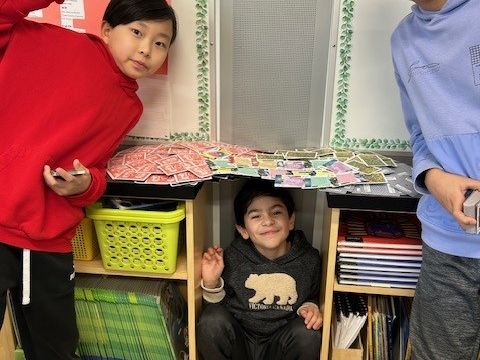
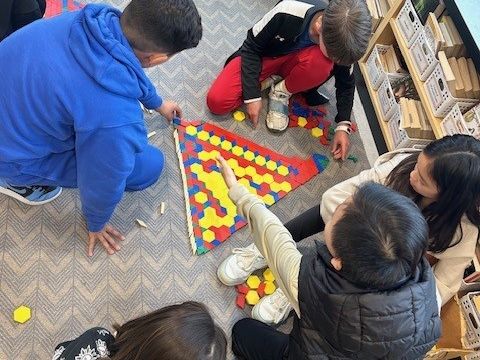
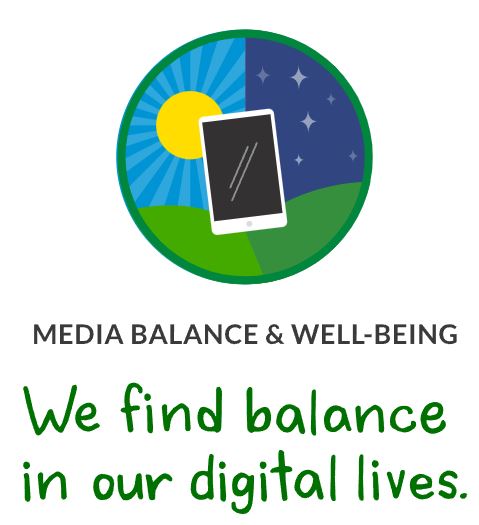 Division 5 is beginning to explore digital literacy and citizenship skills. We will be learning how to use technology in helpful ways, about our digital footprints and online privacy, how we interact with others, how to find information safely, and how we can keep a healthy balance between media and non-media in our lives.
Division 5 is beginning to explore digital literacy and citizenship skills. We will be learning how to use technology in helpful ways, about our digital footprints and online privacy, how we interact with others, how to find information safely, and how we can keep a healthy balance between media and non-media in our lives.


 Division 3 is learning to identify and reflect on the habits they have with digital media and devices.
Division 3 is learning to identify and reflect on the habits they have with digital media and devices.








